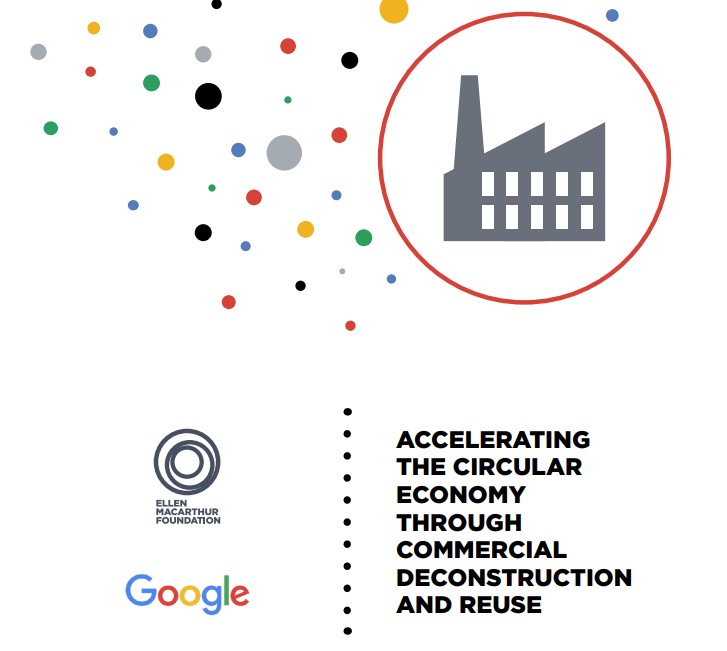In the book “Crossing the Chasm“, marketer Geoffrey Moore proposed that there is a specific challenge in moving innovations from the early adopters (technology enthusiasts and visionaries) out into the broader community – particularly in engaging the early majority ( who are pragmatists). Many innovations never make it across “the chasm” into the broader population, regardless of their potential value.

Do you want to have your innovation adopted?
If you want to spread your ideas, it’s going to be useful to understand the majority – what influences them and how to present your ideas in ways that will be attractive to them. Study what makes it across the chasm and why and you’ll be better equipped to be an effective change-maker, not just a frustrated campaigner.
Across the chasm are 3 groups: the early majority (34 percent), the late majority (34 percent), and the laggards (16 percent). The late majority follow the early majority, so your primary target is understanding the early majority.
Who are the early majority and what do they want?
The early majority are pragmatic – if something is easy to adopt and easy to use, they’re more likely to take it on. The benefits need to outweigh the costs – and they need to be seen to outweigh the costs.
The early majority are socially aware – what they want is social proof. Being socially aware, they also want to preserve their acceptance by those around them. They don’t want to risk rejection by standing out from the crowd. They want to be like their peers – people they respect.
How are you presenting YOUR innovation?
If you feel that you’re spinning your wheels, here are some questions to consider:
- Are you presenting your innovation as radical new idea, or as an obvious extension of existing practice?
- How easy does it sound to your pragmatic audience to adopt the changes you propose?
- How well are you stating the benefits that your audience will experience? (Them, not some other group.)
- Do you need to create benefits such as awards or rewards?
- Who is your audience and who do they look to for social proof? Who are the thought leaders who might be influential?
- What social proof could you create to increase your influence? What’s already happening in your industry and who’s winning from it?
What might this look like?
Extending existing thinking:
- InterfaceFLOR extended their existing Zero Waste program to include emissions and effluent instead of doing a new sustainability program. (Source: “Confessions of a Radical Industrialist”)
Making it easy:
- Cogent Energy in Australia provides on-site trigeneration as service, not as expensive plant that building operators need to learn to manage.
Making it pay:
- InterfaceFLOR paid a bonus for good ideas directly to the teams that developed them. (Source: “Confessions of a Radical Industrialist”)
Managing risk perceptions:
- Woking’s Allan Jones (UK) presented his co-generation project as providing cheaper power to ratepayers (and approval for the council), and minimised the perceived cost risks of budget overrun.
It’s conversations that turn ideas into adopted practice
Les Robinson of Enabling Change has a great article summarising Innovation Diffusion Theory in which he says: “advertising and media stories may spread information about new innovations, but it’s conversations that spread adoption”.
If you’re struggling to be heard, maybe it’s time to step back from technical expertise and build your mastery in language and conversation. Build your communication skills and your understanding of how innovations are adopted, and you might find that the path to a sustainable future is becoming less of a battlefield.










